REVIEW POTPOURRI: Moritz Moszkowski
 by Peter Cates
by Peter Cates
Moritz Moszkowski
My first exposure to the music of the early 20th century Polish composer Moritz Moszkowski (1854-1925) came via a WQXR radio broadcast of an out of print recording on the Concert Hall label from the early ‘50s of his Piano Concerto from pianist Hans Kahn with the very underrated Walter Goehr conducting the Netherlands Philharmonic. As I was then a teenager, around 1967, and insatiably eager to hear as much classical music as possible, WQXR was then one of the most well known all classical stations and a favorite source even though only heard on its AM frequency in Maine after dark.
There was a richly melodic eloquence in the work that enthralled me. What was frustrating was the record was out of print and no other recording of the piece was available until pianist Michael Ponti recorded a rather dull performance during the early ‘70s.
Then about 25 years ago, I found the Kahn LP in a used record store, in Wethersfield, Connecticut, for one dollar in very good condition. Since then other pianists have tackled it but I haven’t heard any of them, except for a charming concert performance of the last two movements from the Romanian pianist Raluca Stirbat via Youtube.
The Serenata is a nice transcription for tenor, violin and orchestra with English lyrics of a solo piano piece by the composer and, despite acoustic fidelity, very persuasively performed by the John McCormack/Fritz Kreisler team.
Selvin
Selvin’s Novelty Orchestra – Dardanella; My Isle of Golden Dreams. Victor 18633, ten-inch acoustic shellac.
Dardanella was a hit for Paul Whiteman’s orchestra during the early ‘20s and has a nicely done charm of its own so characteristic of 1920s dance music. The Selvin performance is not quite as rhythmic as Whiteman but has a sweetly phrased lyricism, as does My Isle of Golden Dreams.
Roy Acuff
Roy Acuff – Pins and Needles; We Live in Two Different Worlds. Columbia 36856, ten-inch 78, recorded mid-’40s.
Two selections from a founding father of country and western music, Roy Acuff, are typical of the heartbreak of so many love ballads that Acuff, Hank Williams, and others recorded in Nashville starting over 75 years ago. Acuff was a truly skilled singer who put together a very good string band for collaborative purposes.
Jo Stafford
Jo Stafford – A Friend of Yours; On the Sunny Side of the Street. Capitol 199, ten-inch 78 from 1945.
Adi Adios Amigo; Make Love to Me. Columbia 40143, ten-inch 78, from 1954.
Jo Stafford’s Capitol sides from when she had broken away from Tommy Dorsey’s band to begin her solo career featured her very intelligently vocalized performances of the rich Great American Songbook standards being written for the film industry in Hollywood. A Friend of Yours was composed by the team of Johnny Burke and James Van Heusen who provided dozens for Bing Crosby and Frank Sinatra while Sunny Side of the Street, penned by Jimmy McHugh and Dorothy Fields, has been recorded by multiple artists.
The 1954 Columbia record featured typical novelty songs of the ‘50s that other singers for that label such as Doris Day and Rosemary Clooney were recording when Mitch Miller was in charge.
Stafford’s husband Paul Weston provided his unfailingly high quality arrangements.
Ray Noble
Ray Noble – By the Light of the Silvery Moon; While My Lady Sleeps. Columbia 36479, recorded mid-’40s, ten-inch 78.
By the time Ray Noble’s Orchestra was recording in this country during the post World War II years, his dance arrangements didn’t have the same degree of exquisite elegance that the 1930s Victors from London did. This particular Columbia was good, just not quite in the same class.
Ella Fitzgerald
Ella Fitzgerald – A Kiss Goodnight; Benny’s Coming Home on Saturday. Decca 18713, ten-inch 78, recorded early 1940s.
Ella Fitzgerald was another truly skilled singer of the Great American Songbook and devoted albums to the creations of George Gershwin, Jerome Kern and Johnny Mercer and others during the ‘50s and ‘60s for the Verve label. Like Stafford, Sinatra and Peggy Lee, she broke away from the confinement of big band contracts to breathe more freely and forge an independent singing career during the post World War II renaissance of the vocalists. These two selections had her blessedly precise timing and phrasing with Randy Brooks’s classy arrangements.
Carmen Cavallaro
Carmen Cavallaro – Miami Beach Rhumba; Cancion del Mar. Decca 24706, ten-inch 78, recorded 1949.
Both of these Cavallaro performances are highly pulsating examples of Latin-American pop music of the ‘40s and ‘50s at its rhythmic best.
Alvino Ray
Alvino Rey – Mama Blues; Midnight Masquerade. Capitol 390, recorded 1947, ten-inch 78.
Alvino Rey had his own orchestra during the big band era but was more distinguished for developing an early type of electric guitar known as the sonovox. I found the two selections here to be rather bland but I do consider him an important figure with this string instrument. Later he worked with Lawrence Welk’s chief music director George Cates (no relation), Elvis Presley on his Blue Hawaii soundtrack, jazz bandle.
Responsible journalism is hard work!
It is also expensive!
If you enjoy reading The Town Line and the good news we bring you each week, would you consider a donation to help us continue the work we’re doing?
The Town Line is a 501(c)(3) nonprofit private foundation, and all donations are tax deductible under the Internal Revenue Service code.
To help, please visit our online donation page or mail a check payable to The Town Line, PO Box 89, South China, ME 04358. Your contribution is appreciated!
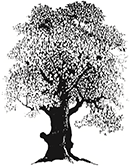

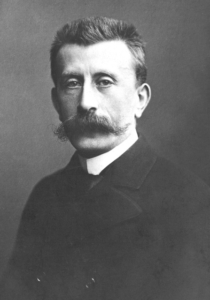
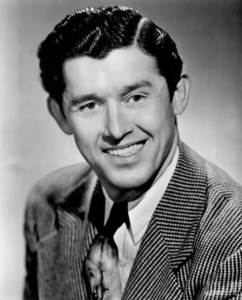
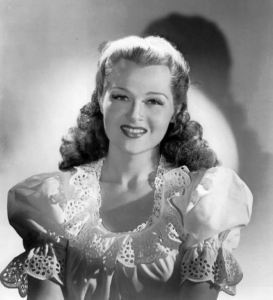
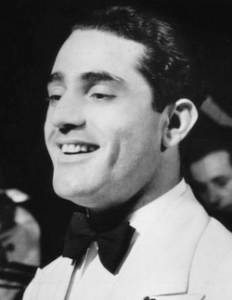
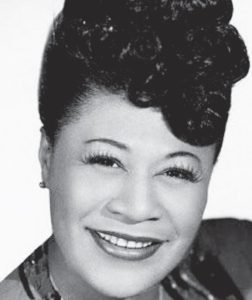
Leave a Reply
Want to join the discussion?Feel free to contribute!